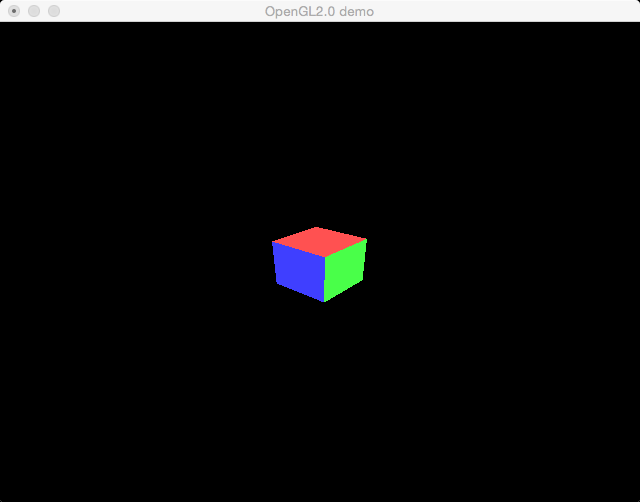GL: 2.1 NVIDIA-10.2.1 310.41.15f01 NVIDIA Corporation
number of verts read in: 8
number of faces read in: 5
*** printing object list
v 1.0 1.0 1.0
v 1.0 1.0 -1.0
v 1.0 -1.0 1.0
v 1.0 -1.0 -1.0
v -1.0 1.0 1.0
v -1.0 1.0 -1.0
v -1.0 -1.0 1.0
v -1.0 -1.0 -1.0
g cube
f 1 5 7 3
f 2 1 3 4
f 5 6 8 7
f 6 2 4 8
f 2 6 5 1
